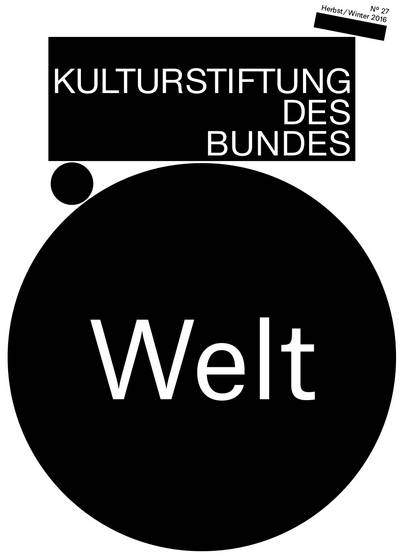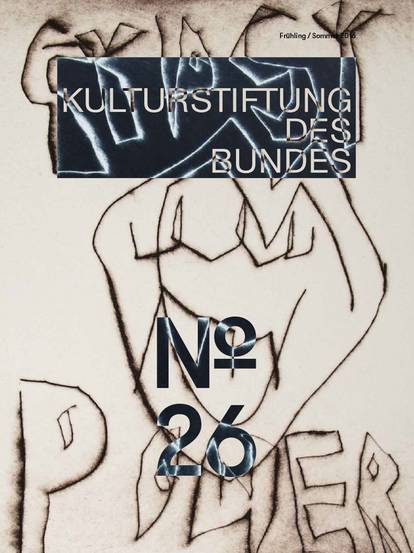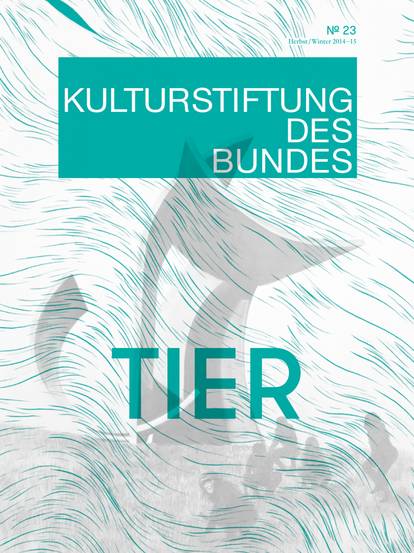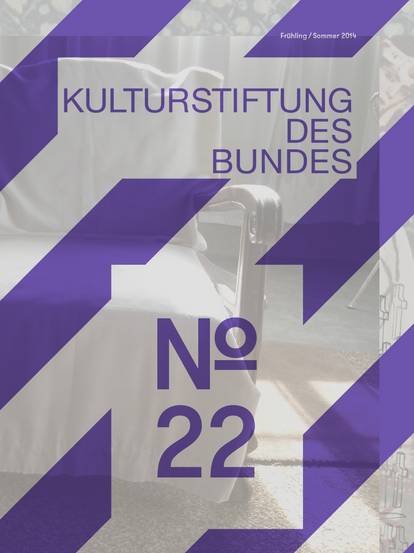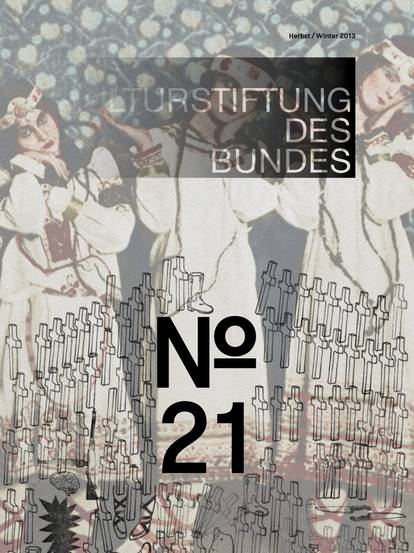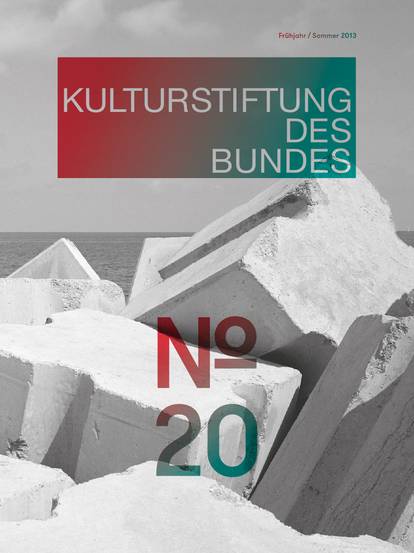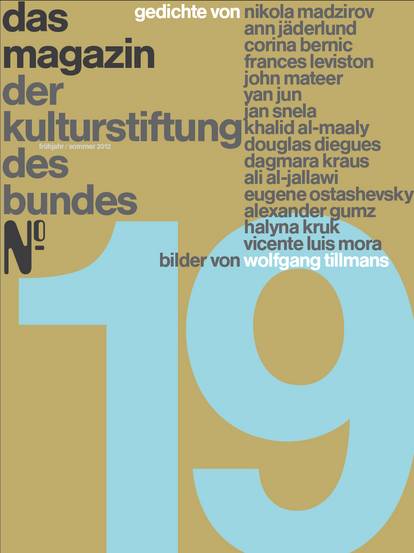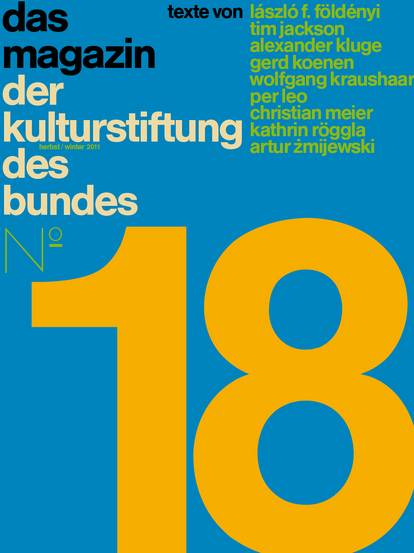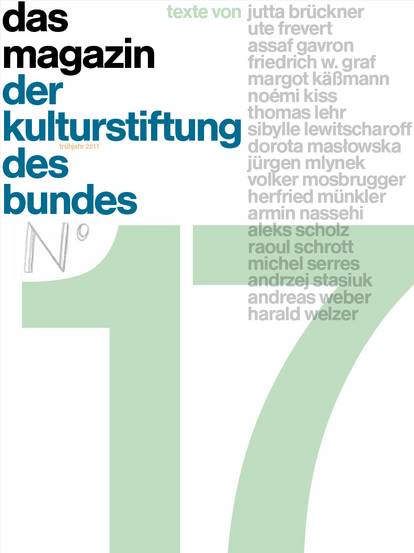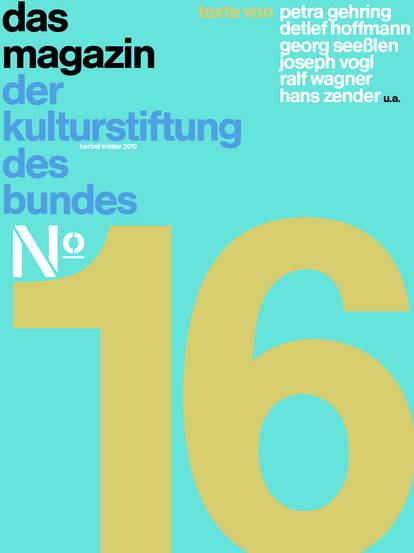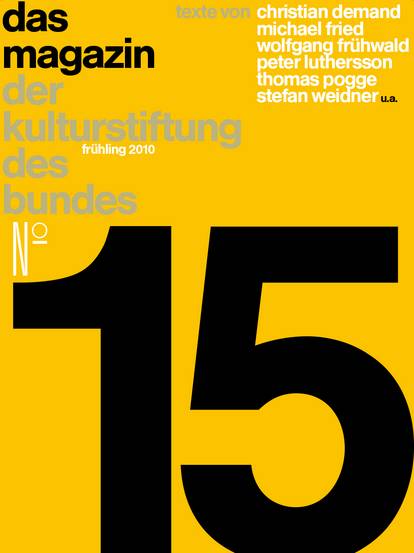Margarita Tsomou: It is the beginning of 2016 and as we speak you are in a studio in Brussels working on your next piece. What are you preparing?
Boris Charmatz: I am working on "danse de nuit", a piece for 6 dancers in urban spaces by night. In the process of looking for the right space for Musée de la danse in Rennes, we thought that the best architecture could be to have none - not walls, but the moving city would be our architecture.
So we do a series of research, also referring to the public space problematic in Europe. Consider that we have many more armed soldiers than dancers in our squares and train stations. I don´t mean to naively replace them, but would like to point out how the streets become more and more spaces of fear of the "other", as well as privatized and segregated.
M: Where do you plan to perform and how? From the Situationists to Trisha Brown the challenge of the public space has always been how to intervene in and recodify contexts, that are loaded with meaning by the social practices enacted in them...
B: I was thinking about Place de la République in Paris, that has been a space for the gatherings against Jean-Marie Le Pen and inhabits different practices, like demonstrations, an open air school for refugees or mourning for the victims of Charlie Hebdo and the November 2015 attacks. But maybe we need a socially less loaded space... One is never blindfolded, we get affected but also partly change a space by dancing in it. What I like about dance is that it´s articulation has multiple significations and resonances and thus it´s interventions can be more fragile, dance can even submerge in specific spaces - in these moments I like to be a dancer.
M: You will be part of the upcoming Tanzkongress 2016 in Hannover. How do you intervene in this context?
B: The concrete idea is still under construction. Recently I started something, that - in lack of a better name - I call "transformative choreographies" or « protocols". A kind of method of bringing projects together. Not as a line-up of pieces, but as the creation of an interconnected set, where the space and the people participating go through different stages and change through time.
We start with a collective warm-up. You can watch, but you can also take part and become a performer. Then the audience will enter the congress-venue, the opera of Hannover, and visit the life-exhibition of "20 dancers for the XX century". This is an exhibition of solo gestures of the 20th century, that we showed already in many places, including Berlin. And as a third step we will all reach the stage of the opera for the dance piece "manger". Here the audience will be in the middle of the performance action on stage, while the performers are eating, moving and singing among it.
M: You show three projects, but you add, that it is not a simple line-up. The act of bringing them together sounds characteristic for your work to me: you experiment with various mediatic logics, combine distinct spaces and thus challenge given modes of producing and perceiving art.
B: Yes, the idea is to create a structure, where one will move through three projects, three spaces and three experiences, as being connected to each other. What I like is, that the public changes positions from 1. participating in a warm-up, where you almost perform yourself to 2. visiting an exhibition, where one is free to walk without instructions and constraints, to 3. watching an art piece like "manger" staged immersed on a horizontal level to the performers.
M: Thus you constantly move the audience around, which makes me think of the manifesto of Musée de la danse, where you state you wanted to "transform or rethink the relation between the audience and it´s physical and imaginative territories"...
B: When Sandra Neuveut, Martina Hochmuth and me started Musée de la danse we thought that the spaces for dance are too split. Firstly you have the dance class, where dance is something you do. Then dance is taking place on stage, here it is something you look at. But dance enables a much wider range of modes of experiences - it can evoke discussions and texts, it can be watched on video, experienced on the internet. With Musée de la danse we wanted to push a door for enabling a new space of experiencing dance. We try to thin down the walls between amateurs and professionals, pedagogy and art, research and improvisation. How this attitude is being actualized each time we cannot say, it depends on the project and the participants. We like the shift of postures from participating in a dance class, to being a visitor, from being a passerby, to be a real dancer. What we are doing now at the Tanzkongress is connected to that line of thought.
M: So you apply the logics of Musée de la danse to Hannover through these three projects, that in their combination enlarge the way dance is produced and experienced. Still the question remains how you show pieces, that were made for other contexts. "manger" is a more easy case since it takes place in a black box, but how do you proceed with "20 dancers for the XX century"?
B: We always start with a protocol or - to say it differently - a structure: it is 20 dancers, that we choose specifically for each context, there is no technique, no light, no costume, maybe a little music box. They propose their solos and all together it creates an exhibition or a forest of dancers and gestures. But this structure does not say, what you will have in the performance at the end. Some parts are fix, some more ephemeral, some we adapt. For example in Berlin we placed the performance at a historical graveyard of Russian soldiers who fell in Wold War II, a space marked with complexity of social practices. We invited German artists like Reinhild Hoffmann, who proposed a text by Heiner Müller, but also organized a Karl Marx lesson by Dmitry Gutov. So we open up, we follow the performers but give also some directions ourselves.
For Hannover we are still developing. We are looking for artists from the city, like f.ex. Kurt Schwitters, whom I adore, as well as at the dance history of the city. We would also like to address the history of Tanzkongress itself, which was founded in the 20ies and reestablished lately. Of course we want to also refer to the space itself, that is an opera house.
M: I read "20 dancers for XX history" as a suggestion for a method to historize dance movement. For me, it is no coincidence that you are an associated artist for this year´s Tanzkongress, that aims at exploring the term "contemporaneity" - a term that connects to historicity and time. I would like to try to approach the term with you.
B: How would you define it?
M: I can try. First of all it is regarded as a dimension of temporality, meaning what is considered as the "new", the "actual", taking place in the "now". But who decides what is "new" in the "now"? There are specific things that are regarded as "contemporary" today. We say "contemporary dance" and mean something different to "modern dance". Thus one could also consider "contemporaneity" referring to certain genres of art. Historically they might have taken place in very different moments - from the 60s to today - but they all apply a "contemporary style" mostly bound to aesthetic methods like concept-based art, site-specifity, de-materialization, participation, the post-dramatic etc. Here contemporaneity would be a genre and less a category of time.
B : Yes, and a third way would be to think it as a space. A horizontal space of people, who share history or genres and practices.
M: So, let me think: could it be a space for producing contemporaneity, where a constant making-contemporary occurs through a process of commoning with each other?
B: It is also a matter of my own posture. I am not the one to say "20th century this is it" or to define "contemporaneity". As we do with projects like Musée de la danse, instead of giving an answer we put a question mark and develop a platform, a horizontal realm, where artists and participants do something together in order to try to think about what is the "now". Following each other might change how we look, touch, think about f.ex. contemporaneity. But for that to happen, you have to open up the space to drift together. This horizontal attitude is inherent to the Tanzkongress project. The warm-up takes place in the streets, without a stage or infrastructure. Anybody, who is passing by to go shopping, to work or to the cinema, becomes part of what we’re doing. It is very flat. Then, in "20 dancers" there is no clear position of the audience, one has the free choice to move and approach the dancer you choose, talk to him after his solo. And in "manger" we turn the stage into a table, because we eat from the floor. A floor that we share with the visitors, asking: can we walk and eat from the same floor or table? So the Tanzkongress project is also about the creation of these shared, horizontal spaces.
M: Ok, if we think contemporaneity as something we do, as a horizontal space to produce communality the question of the politics of invitation comes up. Who is invited to "contemporaneity", to spend time in common? Who decides which solo represents the 20th century? I wonder if bringing artists together makes you inevitably part of the production of a sort of "canon of the contemporaneous" in current dance history. Postcolonial critic f.ex. would say, that we Europeans universalize our practices as "contemporary dance" and consider other dance genres as backwards or traditional.
B: I am not interested into forming a canon at all. In "20 dancers" we avoid universal claims, each time the XX century is created differently by the participants. And it is also about sharing the position of the curator. F.ex. Martina Hochmuth and me, as the curators of "expo zéro", invite Faustin Linyekula, but we invite him to become a curator himself, he decides how to fill the space. I give the frame, but at the same time the exhibition is created by 10 participants, who develop it. Concerning the postcolonial: since we started with Dimitri Chamblas many years ago, instead of "working with the ´other`", we invested in an archeology of our own practices, trying to be conscious of the way we are constructed by f.ex. specific dance techniques. In the spaces we create, we open up to shift our horizons. Though it is not about melting into one harmonious body, but about negotiating differences, pointing out the specificities why "Faustin is not Boris" and using the tension between the individual and the collective.
M: I read your work of creating spaces also as a proposition for new institutions - Musée de la danse produces multiple institutional modes of experiencing dance. What are the challenges concerning the institutional act you are assigned to produce in Volksbühne in Berlin? How can we think of a contemporary institutional practice for a space like Volksbühne?
B: It is still very open. I can say that I love Berlin, I have always loved Volksbühne and that I am not in charge of the house myself, but co-inventing structures or formats. Musée de la danse brought us more and more to this interest for public spaces. But I still don´t know how Musée de la danse and Volksbühne will be connected. What I know is that there is the idea that Volksbühne will be a new kind of theatre, like the stage was the center of Bauhaus. The theatre becomes a place to think beyond itself. Volksbühne is not anymore a mere building, but it is a north-south line that goes from Tempelhof, to Neukölln, Mitte and Prater. It becomes more an archipelago. F.ex. before Tempelhof was established as a space for refugees, I was planning to work there. My question is what kind of practices and protocols should be enacted in Volksbühne. So that it is not only us, the curators, that will answer the question concerning the challenges of Volksbühne, but the multitude of social, cultural and political contexts in Berlin, a city full of artists.

![[Translate to English:] Magazine 38](/fileadmin/_processed_/f/1/csm_Magazin38_Cover-Vorschau_921x1230_689f428dc3.jpg)
![[Translate to English:] Magazine 37](/fileadmin/_processed_/b/c/csm_Mag37_Cover-Vorschau_921x1230_b5129fdb2a.jpg)
![[Translate to English:] Magazine 36](/fileadmin/_processed_/2/a/csm_Cover_Magazin36__issuu_2f3cef97bb.jpg)

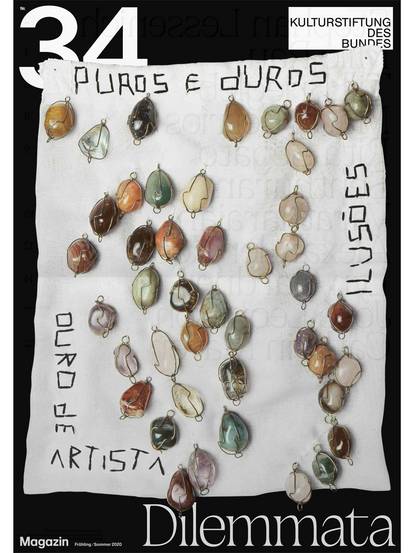
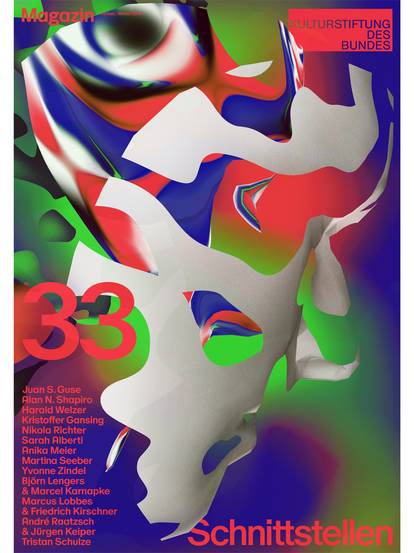
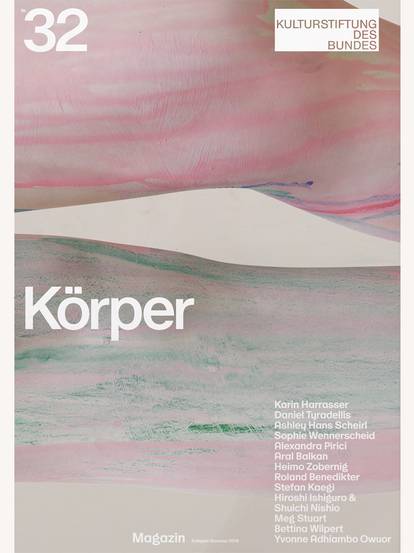
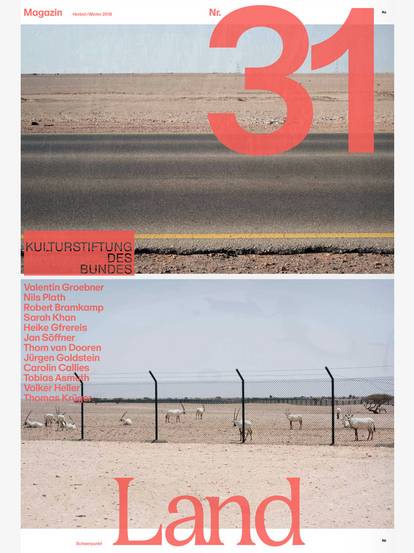
![[Translate to English:] Magazine 30](/fileadmin/_processed_/c/b/csm_magazin30_vorschau_9005f773d3.jpg)


